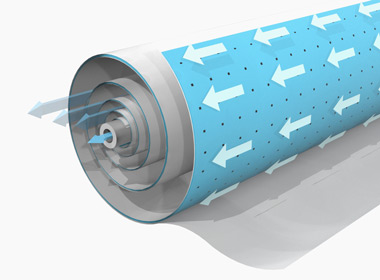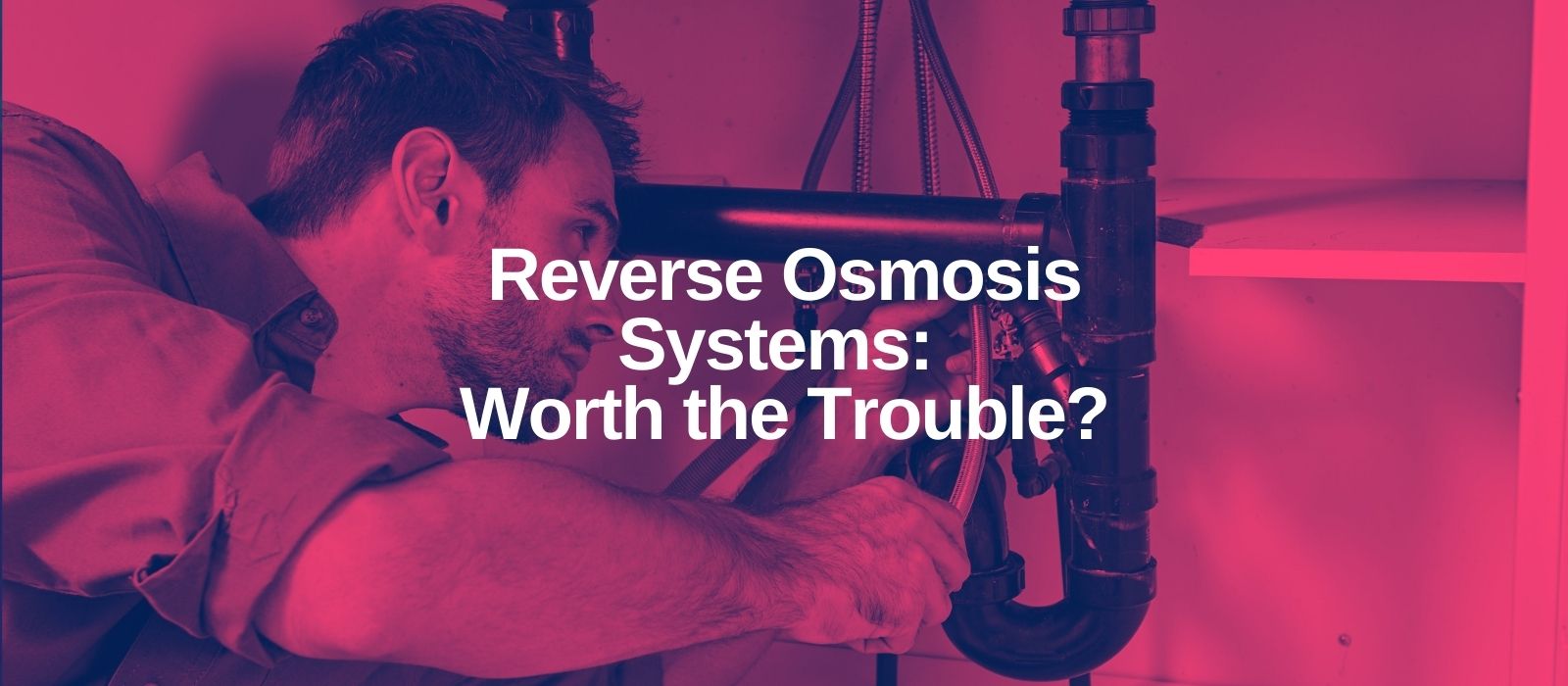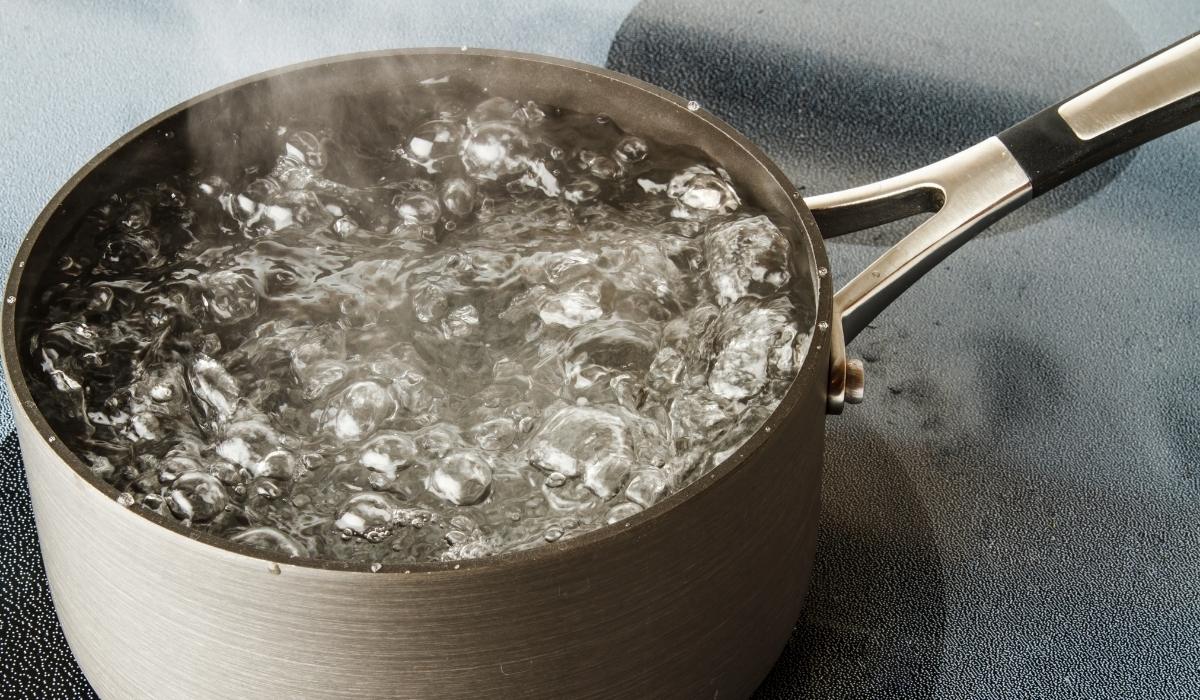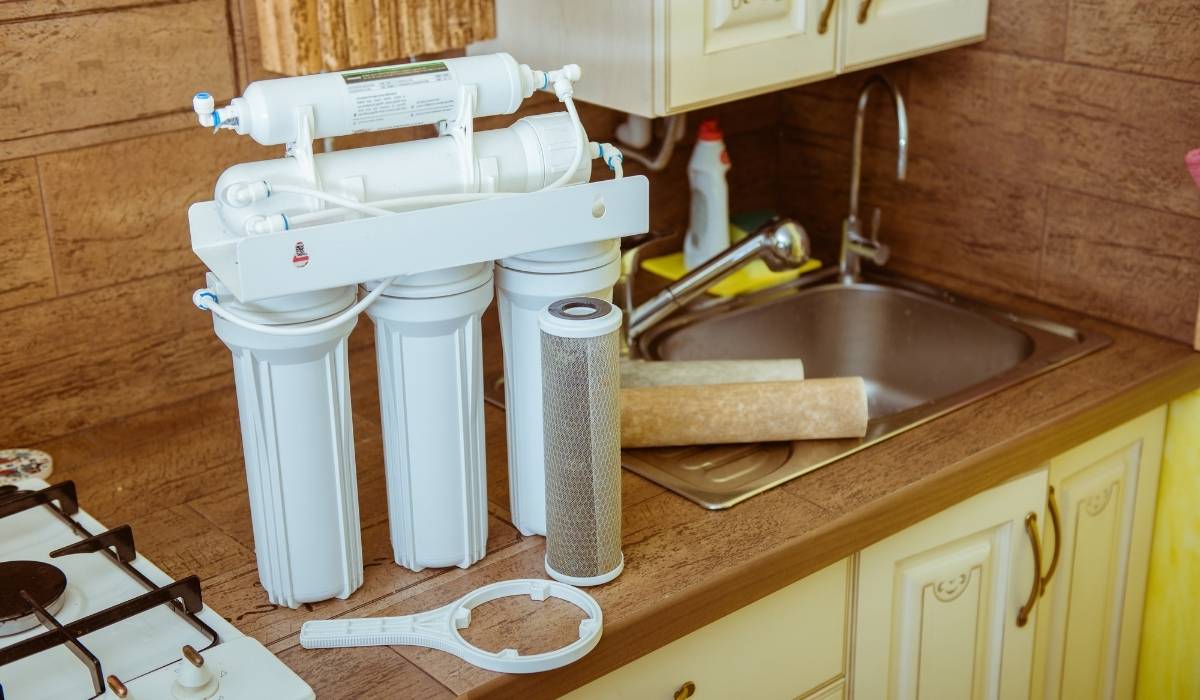What is a reverse osmosis system?
Reverse osmosis systems are very popular in the world of home water filtration. They’re a great way to provide your family with fresh, clean drinking water. But are they worth the trouble? That’s what we’ll be discussing in today’s blog post!

Reverse osmosis systems work by using semipermeable membranes to filter out the impurities in water. Water is forced under pressure through these filters, which remove contaminants such as minerals and salts. Reverse osmosis acts as a physical barrier between fresh drinking water and things that can contaminate it, so you know your family will be getting some of the cleanest water they can find!
Different types of RO systems?

There are two main types of reverse osmosis systems: point-of-use units(POU) (plumbed into an individual tap) or point-of-entry whole house systems(POE) (with outlets for multiple taps). POU units tend to be much more affordable than POE systems; however, homeowners with large families may need a high output system or whole house to keep up with demand.
POU systems typically are much easier to install so long as the system has a sufficient installation manual or video. This makes them more popular and easily installed by anyone with basic tools. On the other hand, a POE system typically is more challenging to install. They require being installed at the main water line typically found in your home’s garage or basement. Since most homes are configured differently this will require some modifications of the install process to fit your home’s needs.
Potential Difficulties
We find that one of the biggest issues with installing a POU system is the faucet. Since these systems are mostly installed under a kitchen sink they require a separate faucet for the purified water to be dispensed from which requires drilling a new hole in your granite countertop. This may seem like a daunting task, however, with a diamond tip hole saw drill bit the process is quite simple. Even though it’s quite easy some people may not be able to modify their countertop if they do not own their home. Fortunately, there are two options. If your sink has a built-in soap dispenser you may remove it to use the existing hole. If you don’t have a soap dispenser don’t worry. There are 3-in1 faucets you may purchase separately that will allow you to hook up your cold, hot, and purified water line directly. This option will require replacing the main faucet of your sink but this is an easy swap if you need to fully remove the system when that time comes.
Some of the important features to look for in a system are: A high-flow rate (at least four gallons per minute) and an efficient membrane. The best membranes will filter out contaminants while removing only about one percent of water’s minerals–leaving it tasting great! Other factors such as cost, size, and what your needs are will influence which unit is best for you.
Some people think that installing a reverse osmosis system can be difficult but in reality, it’s easier than you might think!
In the age of YouTube, anyone with basic hand tools can easily install a system in about an hour.
Ben Jordan has over 10 years of experience working in the water treatment industry and has a bachelors degree in water management. Water is his passion and in his free time he’s an aquarist that maintains large saltwater aquariums.




